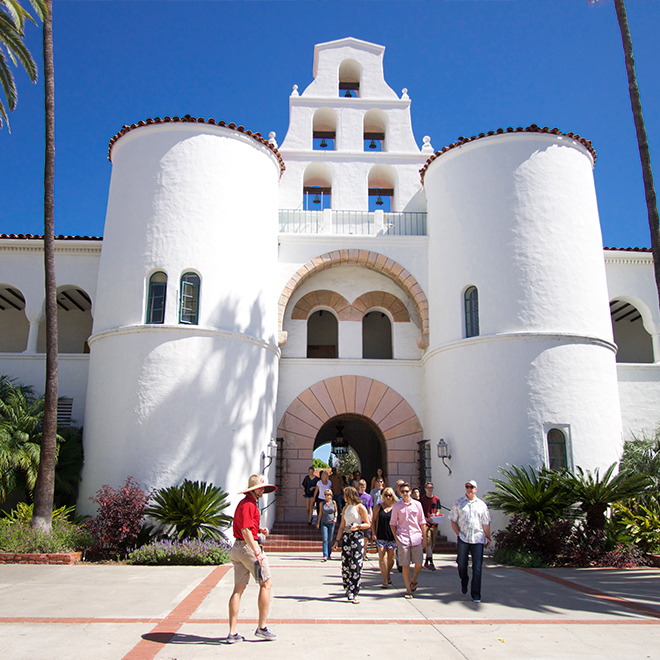Multiple years of tuition increases are likely heading to California State University students as the 23-campus system seeks desperately needed cash to afford its academic mission.
The institution on Thursday published its proposal to begin raising undergraduate and graduate school tuition by 6% annually starting in the fall 2024 academic year.
For undergraduates, that would mean an increase of $342 in the first year. However, nearly 60% of Cal State’s students would be unaffected by the tuition hikes because they receive state financial aid.
Tuition for those who pay would rise steadily, from $6,084 in the first year of the hike to $7,682 by 2028-29.
The series of hikes has no end-date; instead, the proposal said Cal State leaders would reassess the plan after five years.
The system’s Board of Trustees will hear the sweeping proposal at the July 11 meeting, and, according to the agenda, vote on whether to approve the tuition increases in September. Board members could choose to change the policy or delay the vote, as is their general right.
If approved, Cal State will launch itself into a new era that’s a stark departure from the past 11 years, in which it raised tuition only once.

The move is one way the university intends to close a growing $1.5 billion gap between the revenue it collects and the money it needs to spend on student academics — a catch-all term that includes instructor pay, tutoring support and other costs tied to educating and graduating students. Senior staff and members of the board signaled at the May meeting that a series of tuition hikes was imminent.
Sensing the gravity of the situation, the system debuted a public website that spells out the tuition proposal and invites feedback from students and parents.
Though a coincidence, details of the plan arrived a day before the U.S. Supreme Court struck down President Joe Biden’s effort to forgive as much as $20,000 of student debt for tens of millions of Americans, including an estimated 3.7 million Californians. State law requires agencies such as Cal State to publish their agendas 10 days before they meet publicly.
“Students who are not eligible for financial aid assistance can pursue a paid internship, part-time employment, student loans or institutional or private scholarships to cover the proposed increase,” an explainer from Cal State indicated. “All students are encouraged to contact the financial aid offices on their campuses to explore their options.”
The tuition plan would boost Cal State’s revenues by $148 million in the first year and grow to $840 million by the fifth year of the increases. Cal State intends to divert 33% of that new revenue to campus financial aid for low-income students, known as the State University Grant.
The system argues that tuition is the only major revenue source that it controls to generate more revenue.
Historically, Cal State relied on state funding for much of its operating budget. But that level of support dropped from 80% in the 1990s to 60% in 2022-23.
Gov. Gavin Newsom has promised to raise Cal State’s level of state support by 5% annually for five years, a promise he’s honored in each of the last two years. But there’s no guarantee Newsom’s vow will become reality in future years. And even if those 5% state infusions occur annually through 2028-29, pumping $1.3 billion into the system will be insufficient, according to Cal State leaders.
For example, during budget negotiations in 2023, Cal State sought $514 million from the governor — more than twice the $227 million he promised and eventually agreed to fund in this week’s budget deal with lawmakers.
“It must be emphasized that the additional revenue is necessary to pay for existing programs, services, priorities and unfunded state and federal mandates,” the agenda item stated.
Cal State has aspirations of expanding its efforts to help students graduate faster, close stubborn gaps in the graduation rates among racial groups, and pay faculty more.
That last goal is likely top of mind for the system, as a coalition of unions is pressing the system to increase worker pay. If not, strikes are on the table, which would cripple Cal State’s operations.
Without new revenue, the system said it has no choice but to offer fewer courses to students and cut academic and support services because of employee layoffs.
